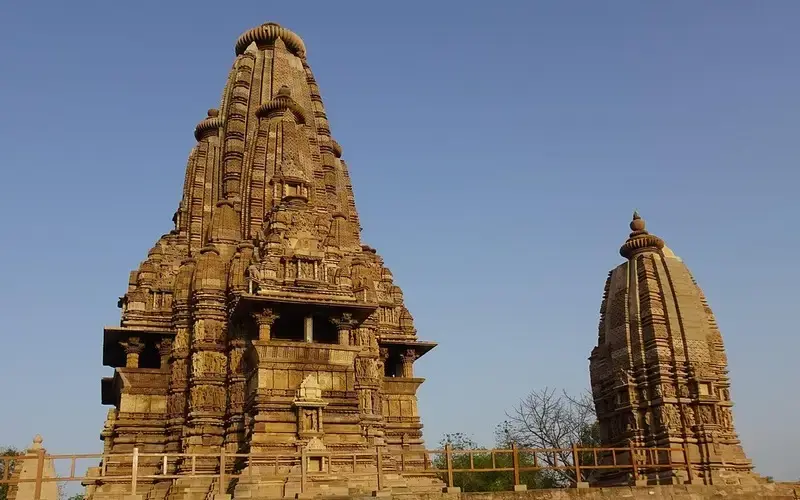


Madhya Pradesh, located in central India, has a diverse and ancient history. It was once part of various powerful empires, including the Mauryas and Guptas. The region witnessed significant cultural and architectural contributions during the rule of the Chandela dynasty, exemplified by the stunning temples at Khajuraho. In the medieval era, it was a prominent center of Mughal and Maratha influence. After British colonial rule, it became a part of the Central Provinces and Berar. Following India's independence, Madhya Pradesh was formed in 1950. Today, it stands as a state with a rich blend of history, culture, and natural beauty.
Madhya Pradesh, located in central India, has a diverse and ancient history. It was once part of various powerful empires, including the Mauryas and Guptas. The region witnessed significant cultural and architectural contributions during the rule of the Chandela dynasty, exemplified by the stunning temples at Khajuraho. In the medieval era, it was a prominent center of Mughal and Maratha influence. After British colonial rule, it became a part of the Central Provinces and Berar. Following India's independence, Madhya Pradesh was formed in 1950. Today, it stands as a state with a rich blend of history, culture, and natural beauty.
Geography: Madhya Pradesh, located in central India, is the country's second-largest state by area, known for its diverse landscapes, including forests, plateaus, and rivers.
Historical Significance: It has a rich history, with ancient empires like the Mauryas and Guptas leaving their mark, along with the stunning Khajuraho temples from the Chandela dynasty.
Wildlife: Madhya Pradesh is home to several national parks and wildlife sanctuaries, including Kanha, Bandhavgarh, and Pench, making it a top destination for wildlife enthusiasts.
Cultural Heritage: The state celebrates traditional festivals like Diwali and Holi with fervor, and its tribal communities add to its cultural diversity.
Languages: Hindi is the official language, but other languages like Marathi, Bhilali, and Gondi are also spoken.
Tourism: Madhya Pradesh offers a mix of historical sites, architectural wonders, and natural beauty, with attractions like Gwalior Fort, Sanchi Stupa, and Pachmarhi hill station.
Economy: Agriculture, manufacturing, and mining contribute to the state's economy, and it's known for its mineral resources.
Education: Madhya Pradesh has prestigious educational institutions like the Indian Institute of Technology (IIT) in Indore and Indian Institute of Management (IIM) in Indore and Bhopal.
Transportation: It has a well-connected road and rail network, with major airports in cities like Bhopal and Indore.
Government: Madhya Pradesh has its own elected government, with a Chief Minister and a Governor.